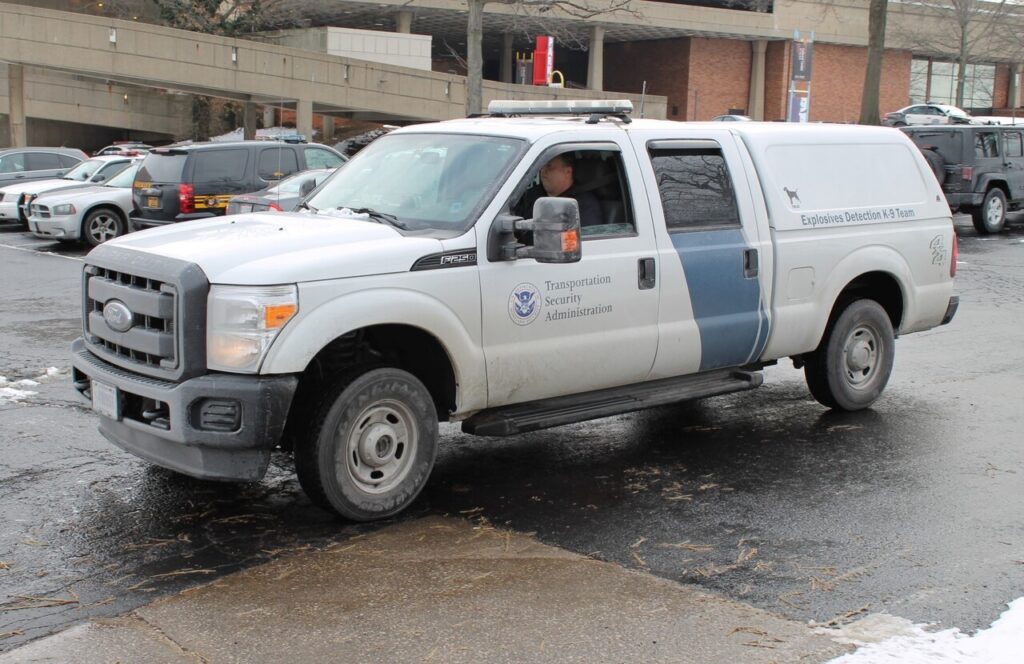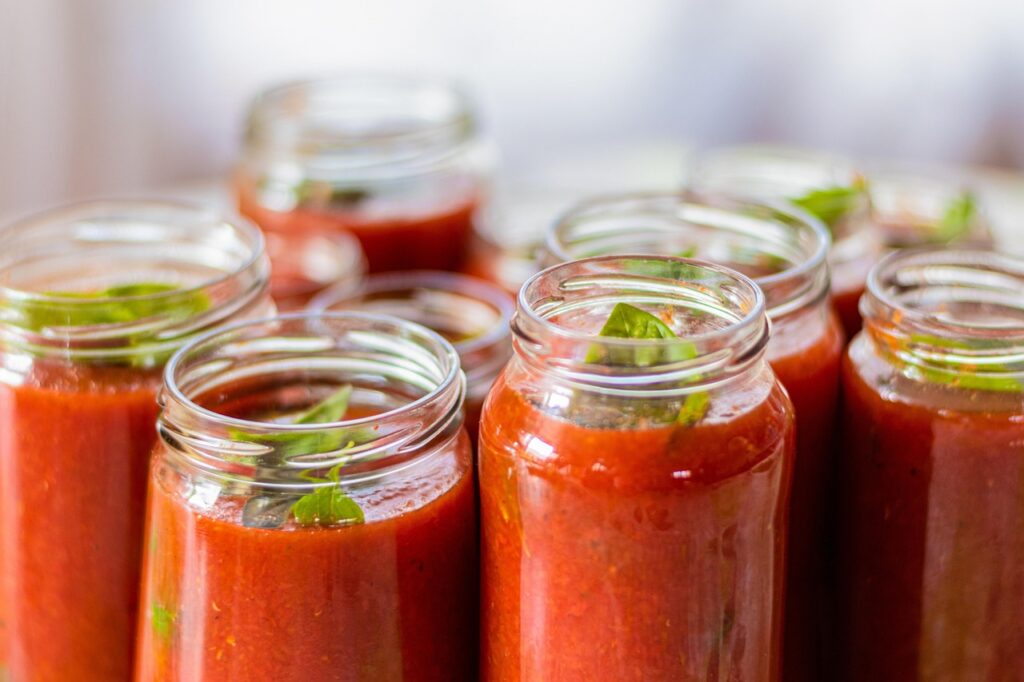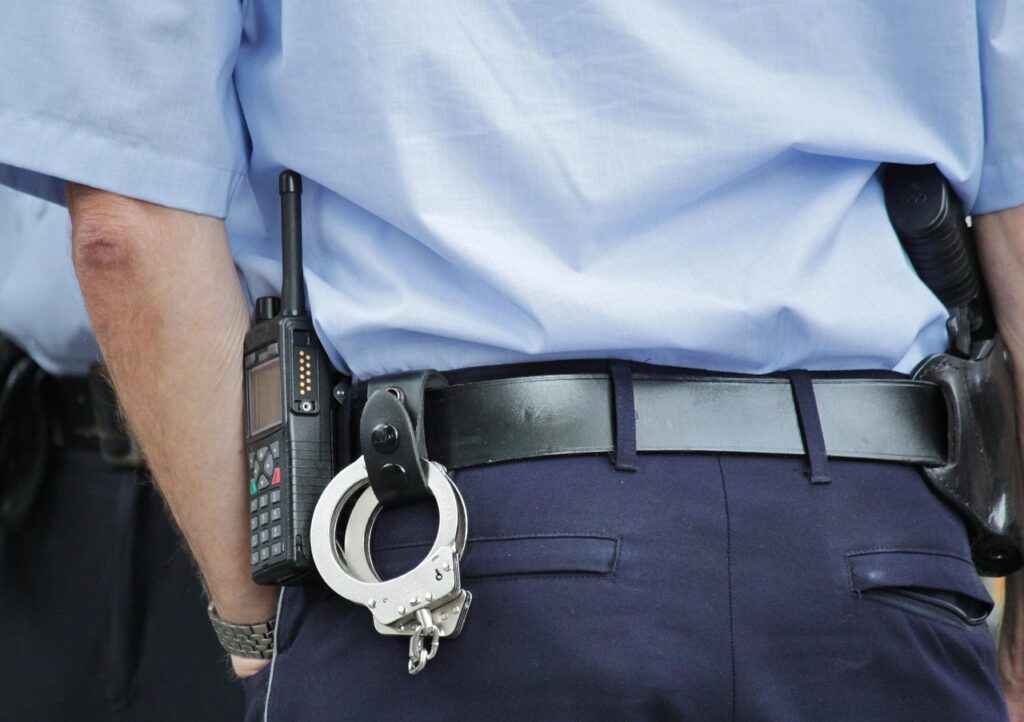What Travelers Should Know About Bringing Food Across State Lines

Traveling with your favorite snacks can make a trip feel cozy and familiar, but crossing state lines with food comes with rules that are easy to overlook. From fresh produce to homemade treats, certain items can be restricted or require inspection to protect local agriculture. Knowing what you can bring, how to pack it, and what to declare keeps your journey smooth, avoids fines, and ensures your snacks arrive intact, making every bite of your road trip or vacation stress-free and enjoyable.
1. Comply with State-Specific Regulations

Not all states treat food items the same way. Some, like California, Hawaii, and Florida, have stricter rules to prevent invasive species or plant diseases. A pear from Washington might be perfectly legal in one state but prohibited in another. Travelers need to understand local restrictions to avoid accidentally breaking the law. Consulting state agriculture department websites before your trip can clarify which items are acceptable. Following these rules isn’t just legal prudence; it’s also a way to protect delicate ecosystems from pests and pathogens.
2. Understand TSA Food Guidelines

Air travel adds another layer of complexity. The TSA allows solid foods in both carry-on and checked bags, but liquids and gels, like sauces, soups, or yogurt, must adhere to the 3-1-1 liquids rule. Each container must be 3.4 ounces or smaller and fit into a single quart-sized bag. Solid foods such as granola bars, baked goods, and candies are usually fine, but refrigerated or frozen items may require special consideration. Understanding these rules prevents surprise confiscations and keeps your trip running smoothly.
3. Be Cautious with Dairy Products

Dairy items are highly regulated because they can carry bacteria or spoil quickly. Milk, soft cheeses, and certain cream-based products are often subject to restrictions or require inspection. Even pasteurized products may face scrutiny depending on your destination. Travelers should check the USDA guidelines for transporting dairy and consider using shelf-stable alternatives when possible. Proper labeling and packaging can also make inspections faster and reduce the risk of having your items confiscated at state lines.
4. Avoid Bringing Prohibited Items

Certain foods are outright banned to protect agriculture and public health. This includes raw meats, unpasteurized dairy, fresh fruits, and some seeds or plants. Bringing these items can introduce invasive pests, fungal infections, or plant diseases into new regions. Even seemingly harmless items, like dried fruits with pits or homemade preserves, may be restricted. Familiarizing yourself with federal and state lists of prohibited items ensures your food travels safely without endangering local crops or livestock.
5. Ensure Proper Packaging

How you pack your food matters just as much as what you pack. Clean, sealed containers prevent contamination, reduce odors, and minimize the risk of spills during travel. Soil, plant debris, and loose packaging can trigger inspections or lead to items being confiscated. Using airtight containers, vacuum-sealed bags, or sturdy Tupperware not only protects your food but also makes it easier for inspectors to verify compliance. Proper packaging also extends the shelf life of perishable items while traveling.
6. Be Prepared for Inspection

Even with proper documentation, food items may be inspected at state lines. CBP and state agriculture officials examine items to verify they meet safety standards. Cooperation speeds up the process and reduces stress. Travelers should have all receipts, packaging, and labels handy to demonstrate compliance. Answering questions honestly and calmly avoids delays and helps inspectors complete checks efficiently, ensuring your food reaches its destination safely.
7. Understand Potential Consequences for Non-Compliance

Failing to declare or improperly transporting agricultural items carries serious consequences. Confiscation, civil penalties, and fines can result from even unintentional violations. Repeat offenders may face stricter scrutiny in future travel. Beyond legal repercussions, non-compliance risks spreading pests or diseases that could harm U.S. crops and livestock. Treat the rules as protective measures, not bureaucratic obstacles, to keep your travel smooth and help safeguard national agriculture.
8. Research Before Traveling

Advance research is a traveler’s best friend. Knowing what foods are permitted in your destination state saves headaches at inspections. State agriculture websites, USDA resources, and CBP guidelines provide detailed lists of allowed and prohibited items. Taking time to check these sources prevents surprises at checkpoints and helps you plan meals and snacks that travel safely. Prepared travelers enjoy peace of mind while knowing they’re protecting local ecosystems.
9. Contact Authorities for Clarification

If you’re unsure about any item, reach out to CBP or the USDA Animal and Plant Health Inspection Service (APHIS). These agencies guide specific foods and clarify gray areas, such as homemade products, packaged goods, or imported ingredients. Asking questions ahead of time prevents misunderstandings at checkpoints and ensures compliance with all regulations. Being proactive reduces risk and guarantees your food journey is both lawful and safe.





